If you’re sailing into Busan at night, you’ll be greeted by a flash of light cutting through the darkness. Arrive in daylight and you’ll see Yeongdo Lighthouse in all its glory: a tall white sentinel standing on the jutting head-lands, right where a slope of pines merges with crumbly grey layers of rock. While Yeongdo Lighthouse is the city’s most important beacon – the landfall light visible from as far as 43.8km away – it is just one of many in this “city of lighthouses”, to quote a city slogan from 2009.

As South Korea’s busiest port, Busan has roughly 100 lighthouses posted along its ragged shoreline, at the entrances to its four main harbours, and upon its rocky islets. These lead the way to a city that never switches off. Busan after dark is a huge mass of extravagant illumination, from the nightly light show at Gwangan Bridge to the pulsing LED rainbow of the Busan Cinema Center.
While Busan’s nightlife districts and shopping emporiums are hard to resist, it would be an injustice to not take a walk along its scenic coastline and visit some of its lighthouses. These edifices, usually perched along harbour walls or teetering on precarious cliff tops, offer stunning views as well as an interesting insight into the area’s history.
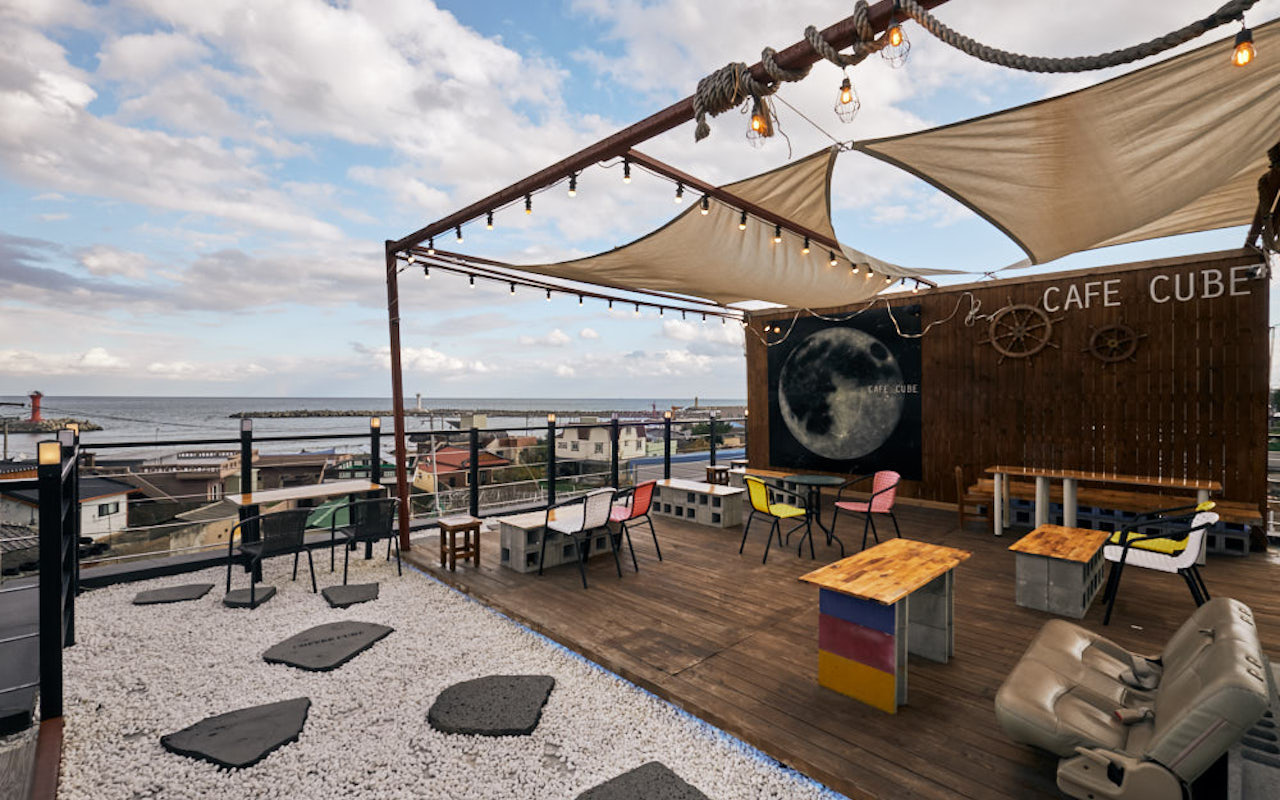
For most of the Joseon dynasty (1392– 1910), Korea was known to the West as the Hermit Kingdom, and Busan was no more than a collection of small fishing villages. Before electricity and modern-day navigation aids, Korea’s mariners were reliant on fire beacons and gongs to avoid being dashed upon the rocks.
But in 1876, after being forced to sign a treaty with Japan that gave the latter trading rights to the city, Busan was established as the country’s first international port. To further their ambitions in Asia, the city’s Japanese administrators then built Yeongdo Lighthouse in 1906.
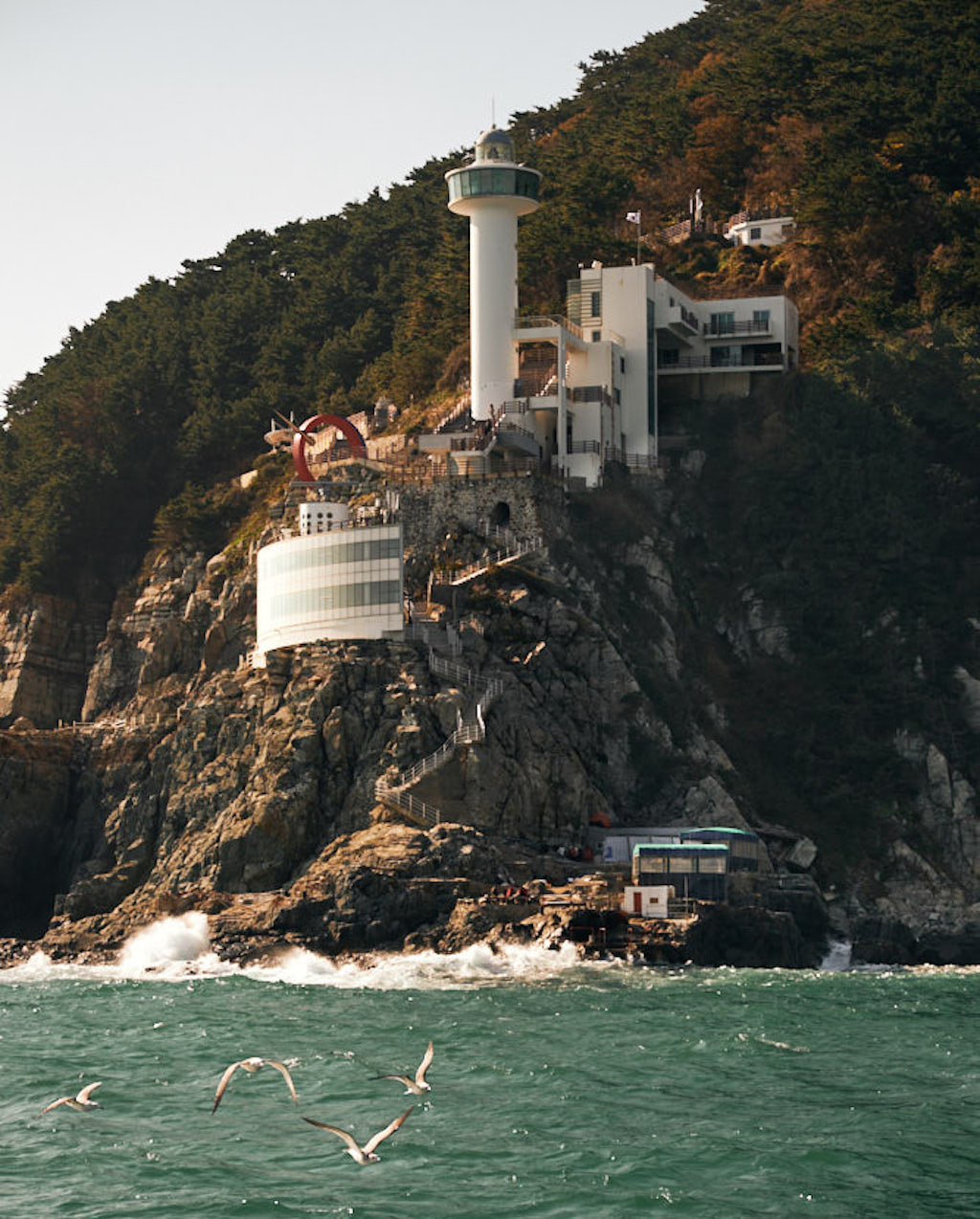
By doing its job simply and efficiently, the 35m-high lighthouse has helped in its own small way to make Busan Port the sixth-busiest in the world, four places behind Singapore. In 2018, the port handled the equivalent of over 20 million standard-size container boxes, more than half of which were trans-shipments — freight en route to other destinations.
Yeongdo Lighthouse’s location on the southern side of the rocky entrance to Busan Port isn’t just strategic – it’s also spellbindingly picturesque. The structure is perched within Taejongdae Park, a forested hill on Yeongdo Island, due south of downtown Busan. The park has been celebrated for its scenery since the Silla dynasty (57BC–935AD), when King Taejong chose it as a vacation spot. Here, the king is said to have feasted his eyes on the heart-racing views of craggy, crumbling cliffs while indulging in his favourite sport of archery.
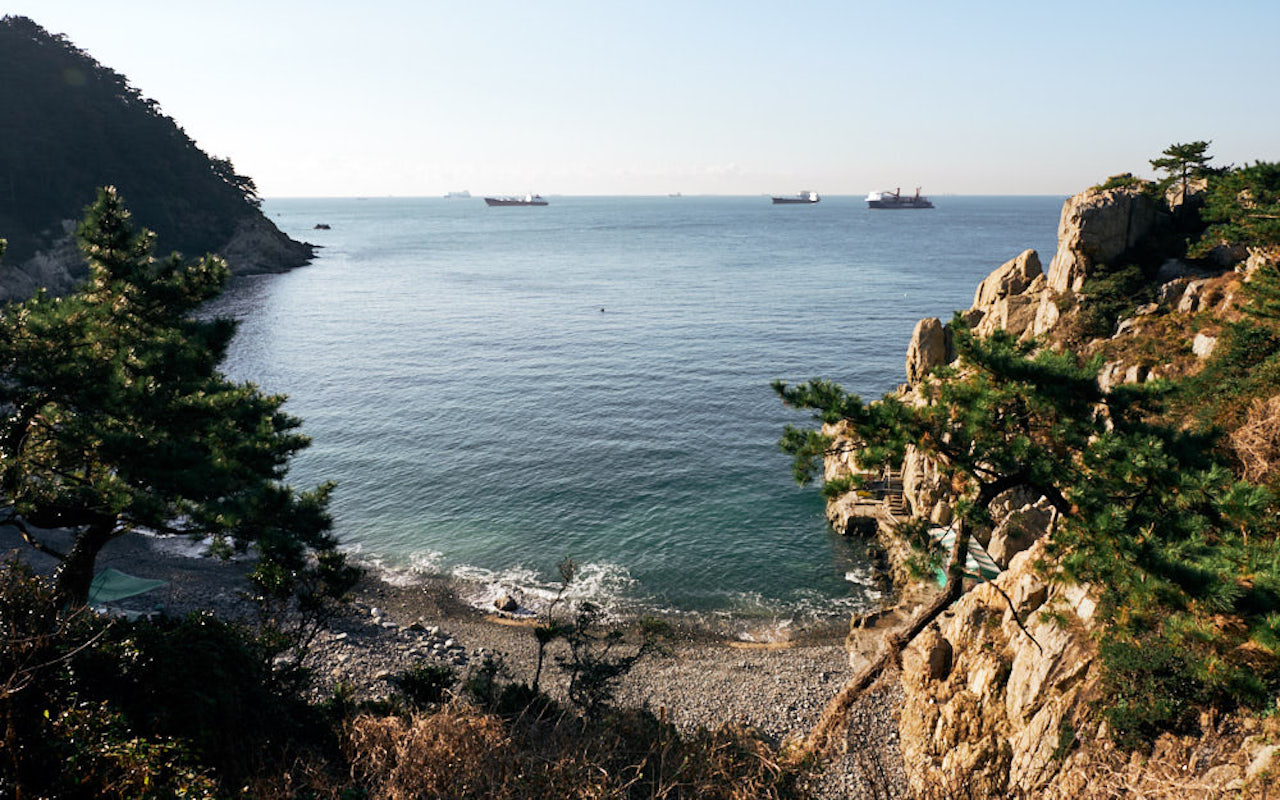
The lighthouse stands at one of Taejongdae Park’s most sublime spots, above a thousand-layered shelf of sandstone, conglomerate and other types of rock pockmarked with dinosaur footprints and sporting a squat stone pillar in the middle, called a mangbuseok. According to legend, the natural rock formation represents a fisherman’s wife waiting for her husband to return from sea.
Keeping watch over the Korean Strait these days is lighthouse keeper Kim Heung-su, who took up the post back in 1993. Except for the spectacular ocean view from the window, his main workspace looks like a typical office outfitted with plain desks and computer monitors. When I visit, he and another employee of the Maritime Affairs and Port Office are mid- way through the day shift, which runs from 9am to 6pm; two other colleagues will take over for the 15-hour night shift. The sun has reached its zenith, and the ocean shimmer is filling the space with a cosy brightness.
“If you’re self-content, what does it matter where you work?” reflects Kim, a sturdy, intensely serious middle-aged man who’s been a lighthouse keeper for almost 30 years. “That said, I feel very snug working here. My first post was in 1990 at a remote lighthouse on one of the Gyeongnyeolbido islands, at the western edge of Korea. From there, I could hear the roosters crowing in China!”

Tramping up the spiral staircase to the lantern room of the lighthouse, Kim exchanges pleasantries with sightseers who’ve come down from the road above and up from the pleasure boats bobbing below. “I don’t think there’s any other place in Korea where visitors can get so close to a structure that’s standing guard over the ocean,” he says, pointing out that Yeongdo Lighthouse is unique for its free cultural spaces – library nooks and displays added in 2004 by the Busan Regional Office of Oceans and Fisheries and left open to members of the public to explore as they wish.
“The lighthouses bring inlanders face to face with the raw power of the sea”
These special features certainly enhance the visitor experience, but Yeongdo Lighthouse’s real magic comes from its custodians, an increasing rarity in Korea and globally. “Lighthouses all across the country are becoming automated right now. I sincerely hope that Yeondo Lighthouse retains its lighthouse keepers,” Kim says, a flicker of emotion threatening to disrupt his stern military manner. Working in tandem with Yeongdo on the other side of the port entrance is Oryukdo Lighthouse, which did away with their keepers in the past year.
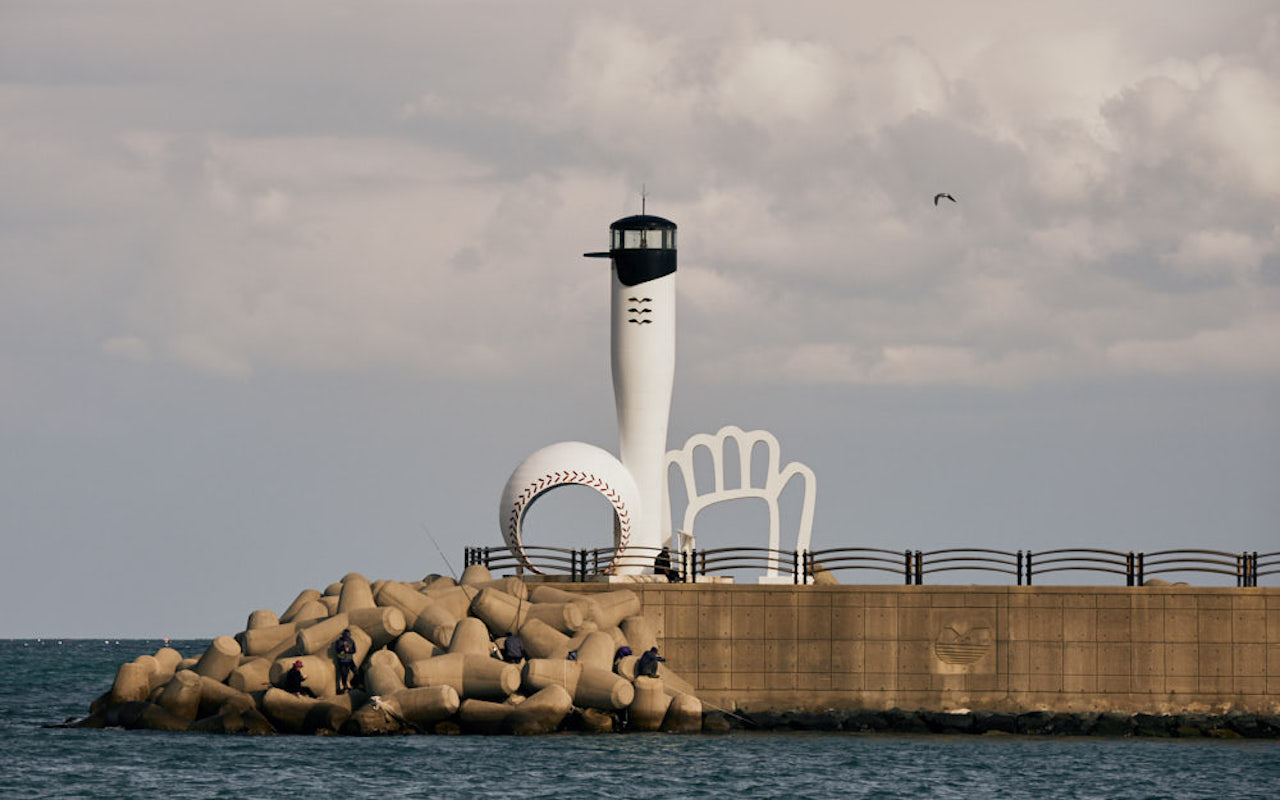
“South Korea started automating its lighthouses with remote control systems in the 1970s, and there are now just 38 human-operated lighthouses left, including two in Busan,” says Jeon Man-hui, curator of the country’s National Lighthouse Museum, located in the east-coast city of Pohang. In fact, most countries, including neighbouring Japan, have already phased out manned lighthouses entirely, slowly eroding the romantic notion of stoic lighthouse keepers standing guard over treacherous stretches of water.
Oryukdo’s lighthouse almost seems to call out for a solitary, self-sufficient soul to add to its mystique. From below, the structure looks like a white castle grafted onto sheer rock. From the top level, it’s possible on a clear day to make out the Japanese island of Tsushima. The structure can be reached by a boat that drops off hobby fishermen at each of the five rock islands of Oryukdo as well as the Oryukdo Breakwater.
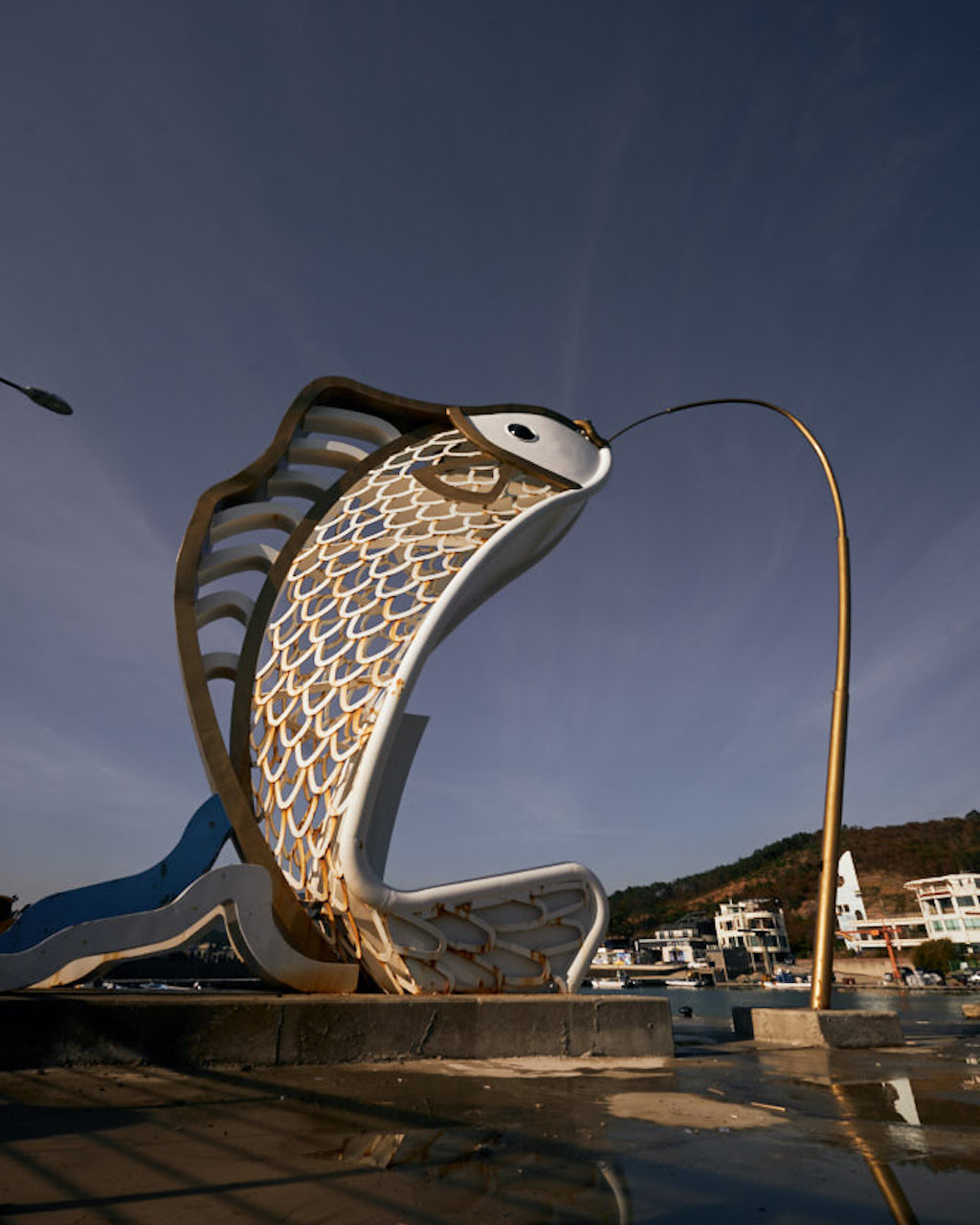
Another way to experience Busan’s lighthouses is via the Galmaetgil (Seagull Path) a set of nine trails totalling nearly 280km that skirt lofty cliffs, curve along massive beaches and even cut through Jagalchi, the city’s largest seafood market.
In 2015, a committee of Busan citizens began preparing a bid to have the Galmaetgil added to the Unesco World Heritage list in 2020, partly for its sublime Igidae section, which starts right across from Oryukdo Lighthouse and includes a cliff-hugging board- walk. Hikers along much of the trails can pleasantly pause at cafés such as Cheongsapo Wa Bom, a cat-friendly café operating out of a former grocery store, or Port 1902, on the edge of popular surfing beach Songjeong, perhaps the world’s only café that has a swimming pool.
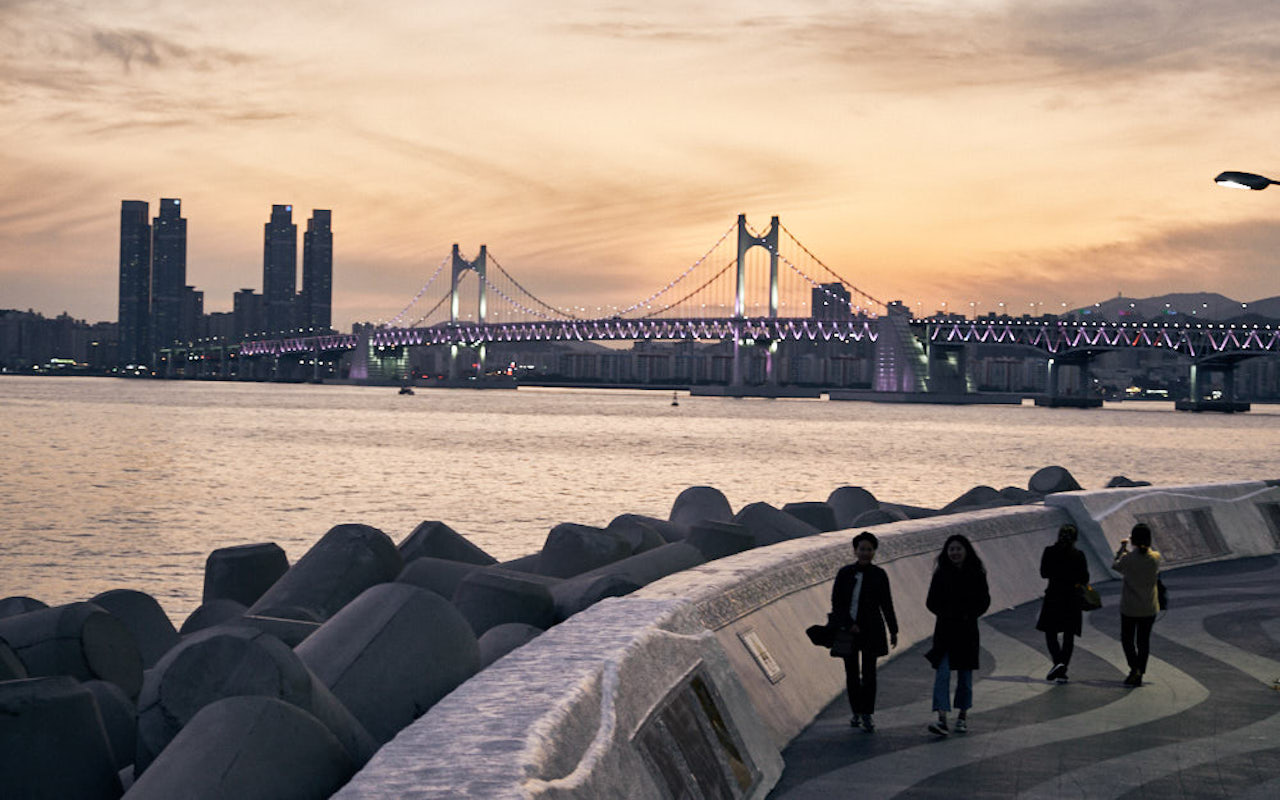
Galmaetgil Course 5 passes close to Gadeokdo Lighthouse, Busan’s second-oldest lighthouse, situated on a naval base on Gadeokdo Island. Though this superbly preserved example of early-modern Korean architecture is usually off-limits, they do run a summer education programme. Besides maritime safety training, participants get to try activities like making a model lighthouse or learning how to fly a drone.
“We’ve been running lighthouse education programmes for a decade,” says Lee Cheol-hui, who coordinates lighthouse tourism at the Ministry of Oceans and Fisheries. They run around 50 annual events involving the country’s lighthouses, ranging from concerts to dance festivals.
Lee estimates that a million people – mostly locals – visit South Korea’s lighthouses each year. Along the shoreline of Busan, and around the peninsula, these reassuring landmarks now do far more than guide vessels to harbour. They lure inlanders to the water’s edge, bringing them face to face with the beauty and raw power of the sea.
SEE ALSO: City Guide: Busan
This article was originally published in the May 2019 issue of Silkwinds magazine
The post Busan: Exploring the city of a hundred lighthouses appeared first on SilverKris.
from SilverKris
No comments:
Post a Comment